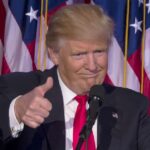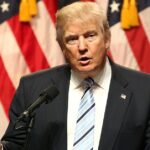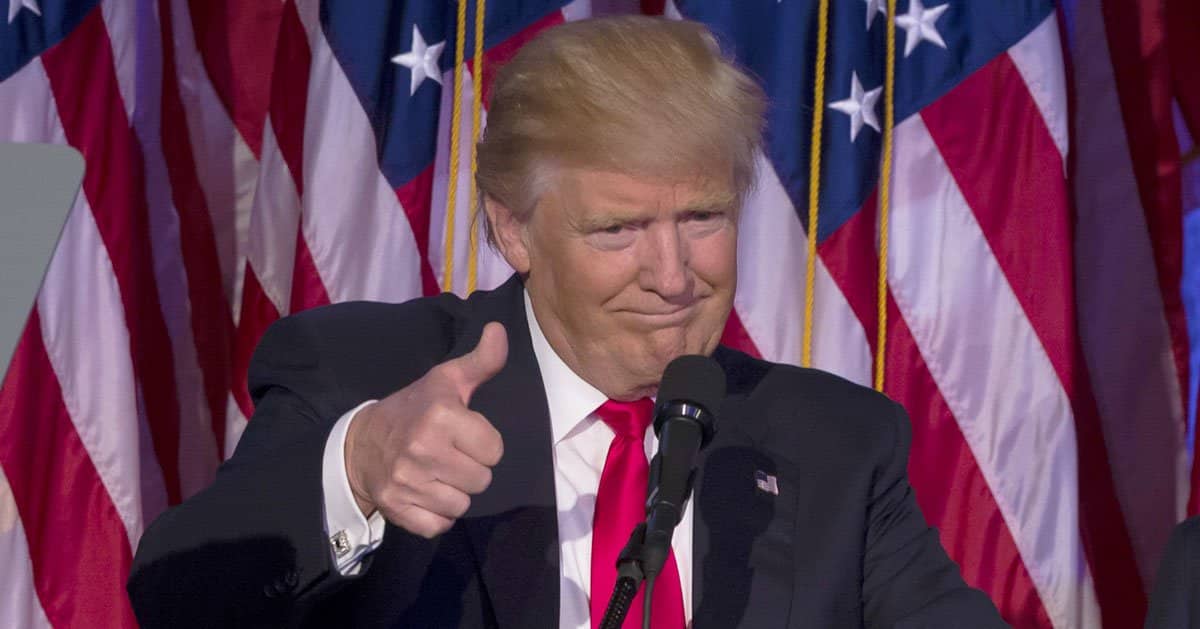
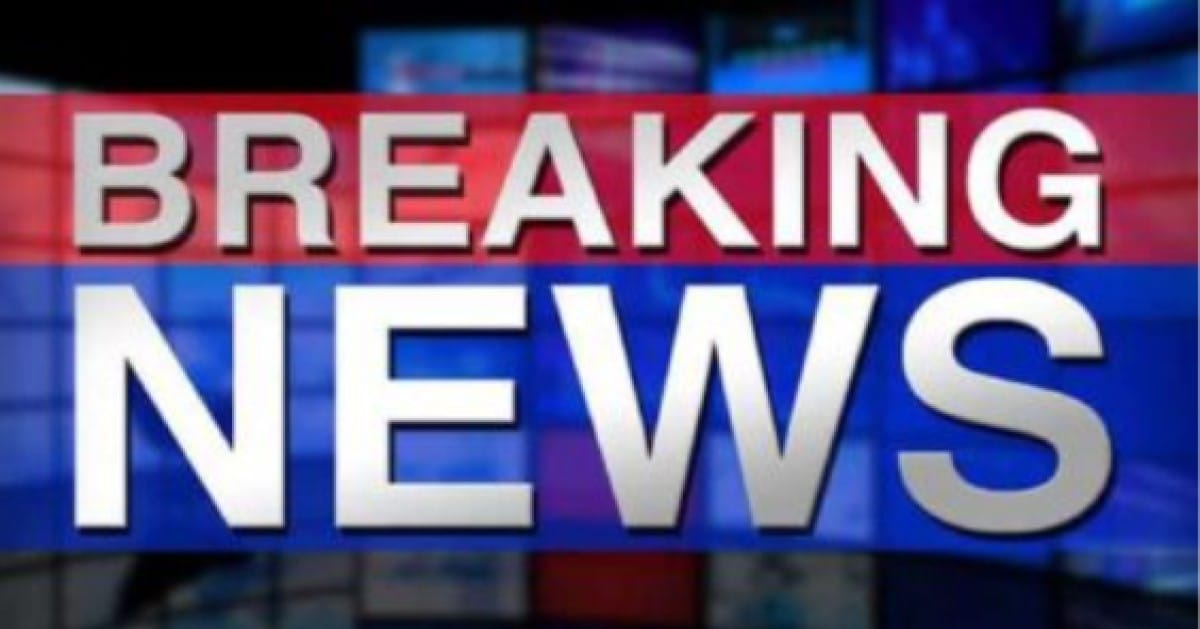
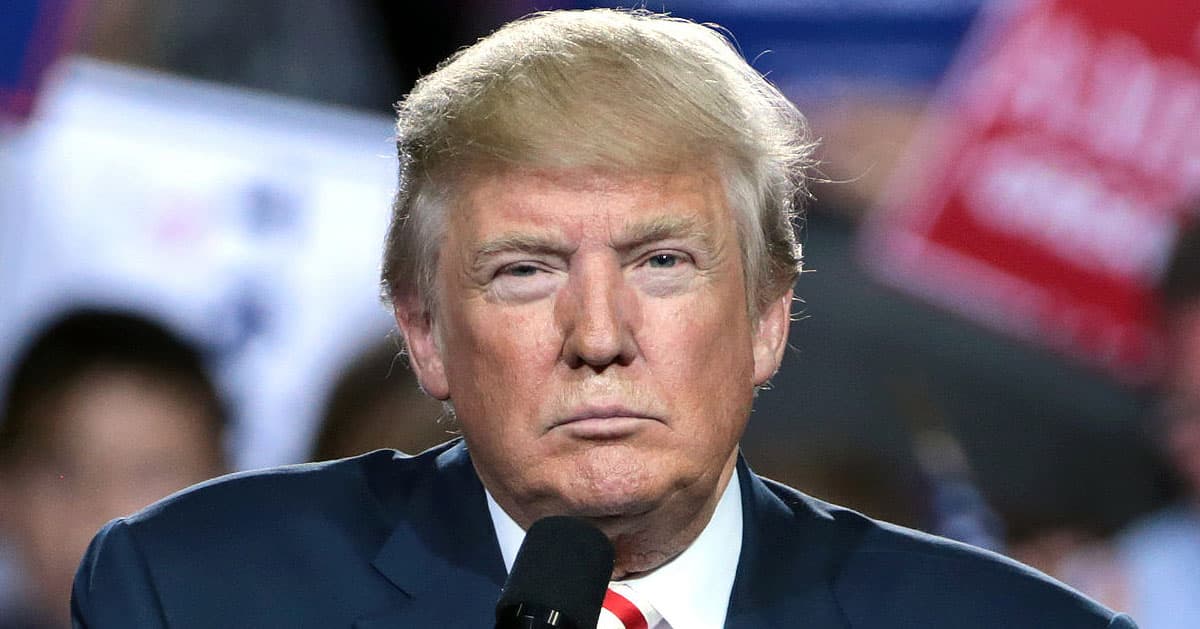
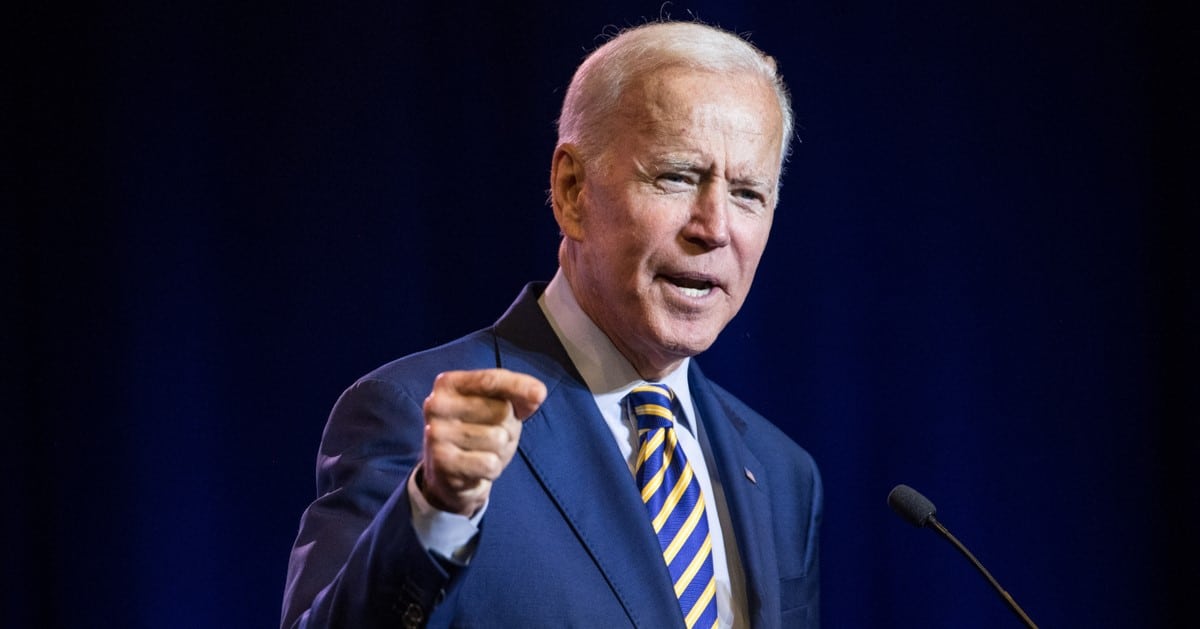

The United States and Japan have taken a significant step toward bolstering their longstanding defense partnership amidst a rapidly changing global landscape.
The Manila Times reported that the development comes after a recent phone call between U.S. Secretary of Defense Pete Hegseth and Japan's Minister of Defense Gen Nakatani, during which both parties emphasized the critical need to enhance their military alliance.
The two nations, key allies, and economic partners, are focused on reinforcing military ties following Pete Hegseth's contentious Senate confirmation as U.S. Secretary of Defense.
Hegseth's confirmation was marred by controversy due to unproven allegations of alcohol abuse, sexual misconduct, and concerns regarding his relative lack of experience.
Japan and the United States have shared a significant alliance for decades, characterized by deep economic and security ties. Approximately 54,000 U.S. military personnel are stationed in Japan, with the majority located in Okinawa.
Amidst fears that President Donald Trump’s "America First" policy might threaten regional security funding, Japan has emphasized the importance of solidifying U.S. commitments.
The discussions between Hegseth and Nakatani aimed to reassure Japan of America’s dedication to maintaining regional stability in the Asia-Pacific.
According to Tokyo's defense ministry, the ministers agreed to reinforce their alliance by improving command and control frameworks and increasing bilateral operations in southwestern Japan.
In this context, the two defense leaders affirmed that Article V of the U.S.-Japan Treaty of Mutual Cooperation and Security, which outlines mutual defense obligations, applies to the Senkaku Islands. Administered by Tokyo but claimed by Beijing, the islands remain a point of contention in the region.
Nakatani extended condolences to the U.S. following a tragic air crash involving a passenger jet and a military helicopter. This gesture showcases the solidarity and cooperation that both nations continue to nurture on both military and humanitarian fronts.
The ministers also expressed a desire to meet in person promptly to further their objectives. Hegseth pledged to invigorate the U.S. defense strategies by instilling what he termed a "warrior ethos" within the Pentagon.
Hegseth’s confirmation, facilitated by Vice President JD Vance's tie-breaking vote in the Senate, marks only the second time in history that a vice presidential vote was needed for a Secretary of Defense nomination.
This rare intervention followed defections from three Republican senators, including former leader Mitch McConnell, who voted against Hegseth's appointment.
Japanese Prime Minister Shigeru Ishiba has expressed a keen interest in meeting President Trump to discuss the shifting power dynamics in the region.
February 7 is being considered as a potential date for this high-level meeting. Ishiba emphasizes the importance of a strong U.S. commitment to prevent a power vacuum that could destabilize the region.
During a parliamentary session, Ishiba stressed the need to strengthen the defense partnership with the U.S. "As the balance of power in the region undergoes a historic change, we must deepen Japan-U.S. cooperation further, in a concrete manner," Ishiba conveyed to lawmakers.
Nakatani echoed this sentiment, stating that the evolving security environment in the Asia-Pacific calls for enhanced defense capabilities to effectively deter potential threats. Looking forward, the outcomes of these discussions may significantly influence the strategic approaches of both nations.
The consensus on the need to expand presence and capabilities in strategic locations such as southwestern Japan indicates a proactive approach to face regional challenges. Reinforcing these ties is seen as a way to maintain the delicate balance of power in East Asia.

